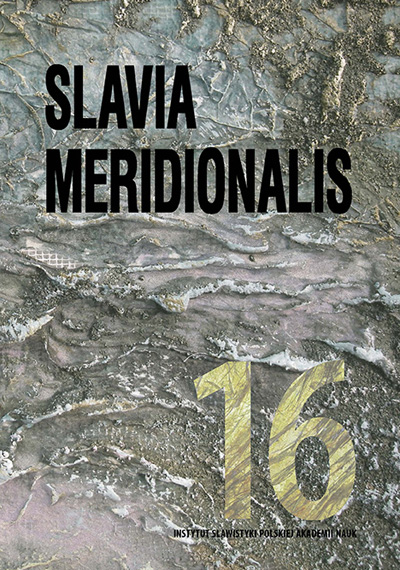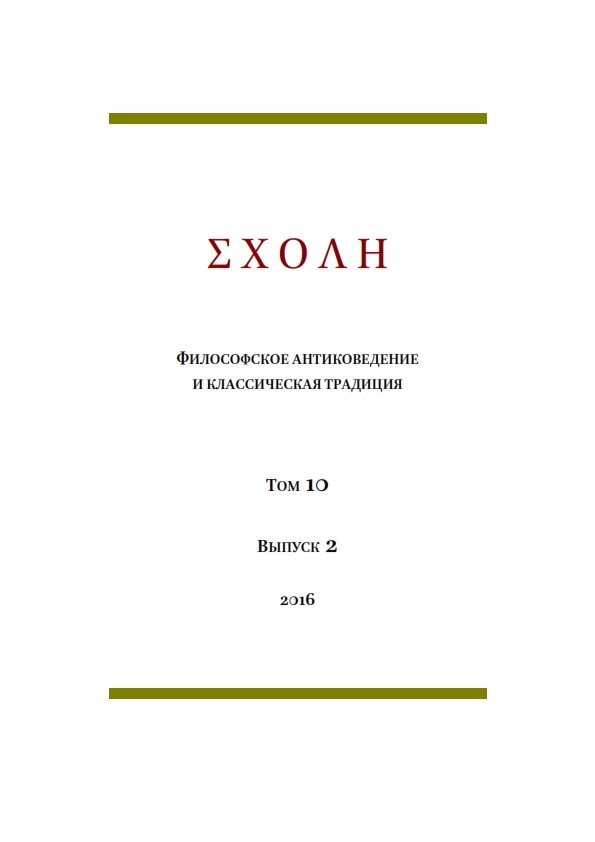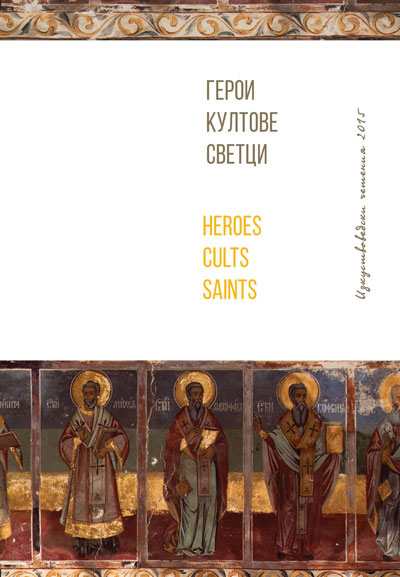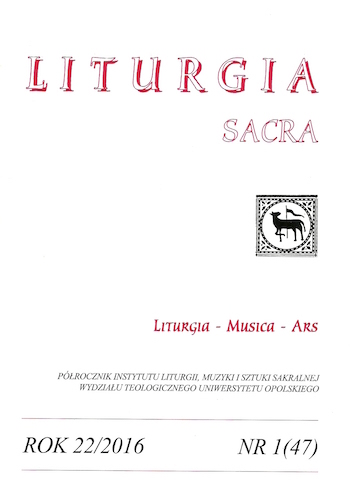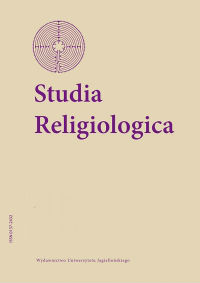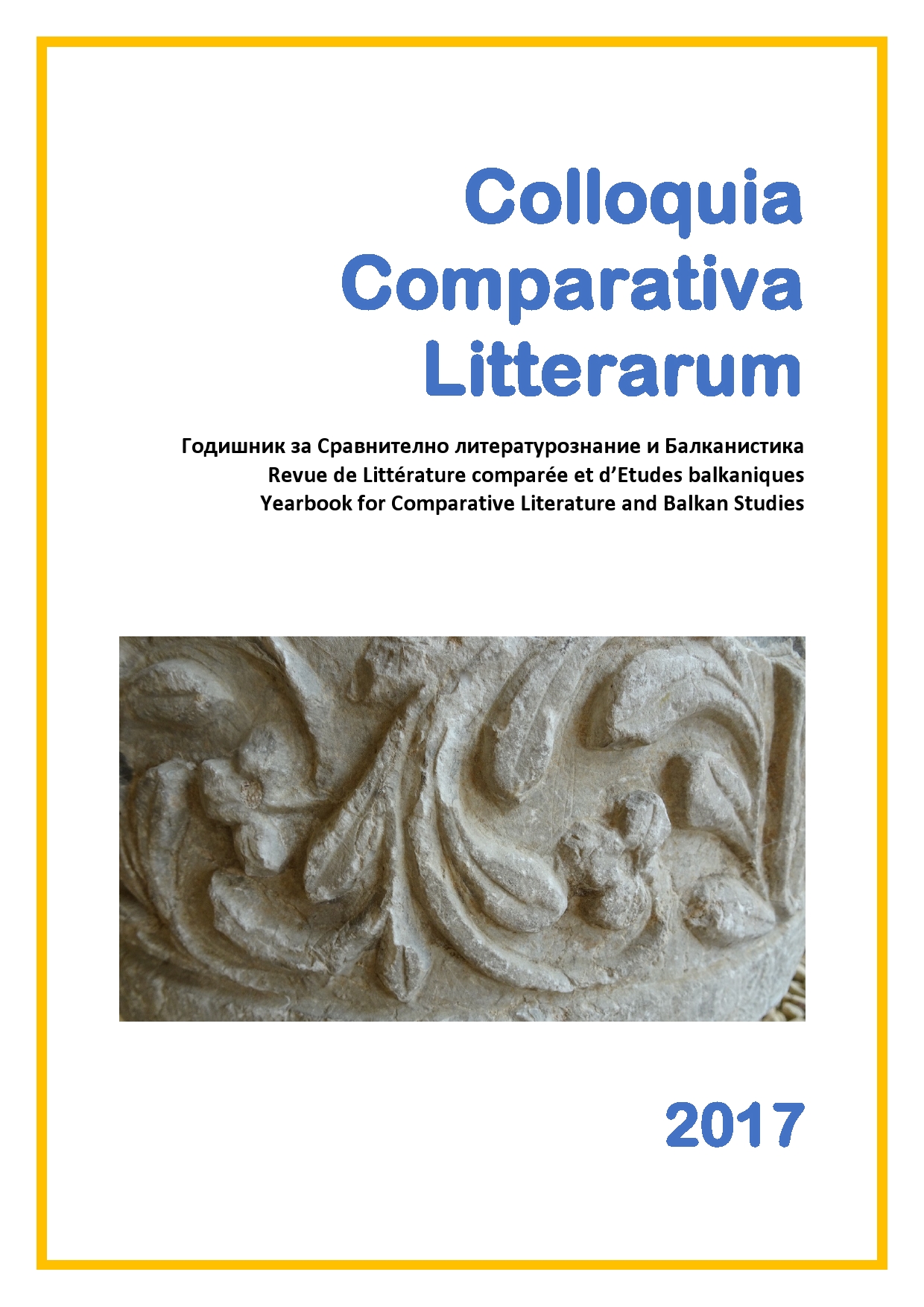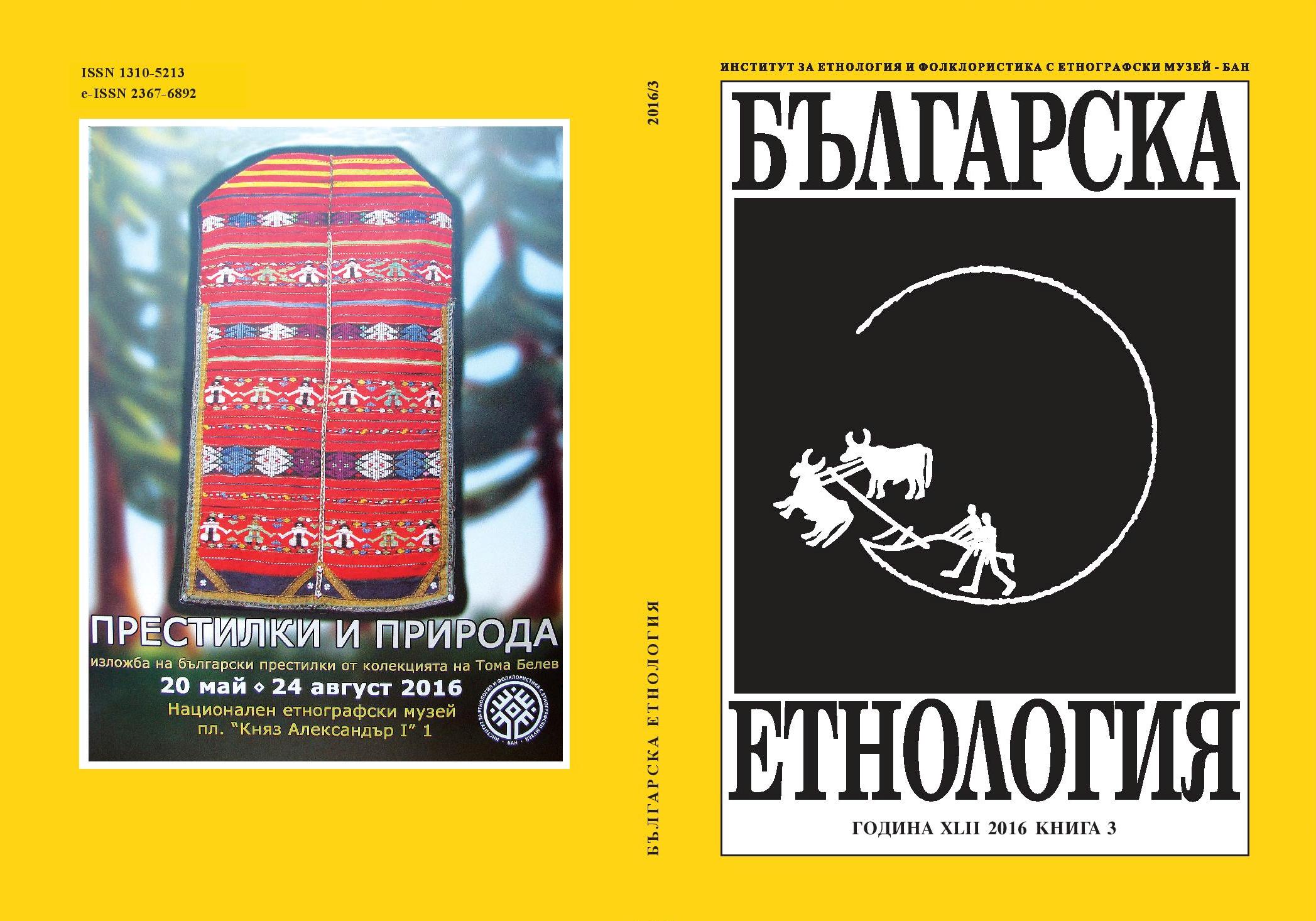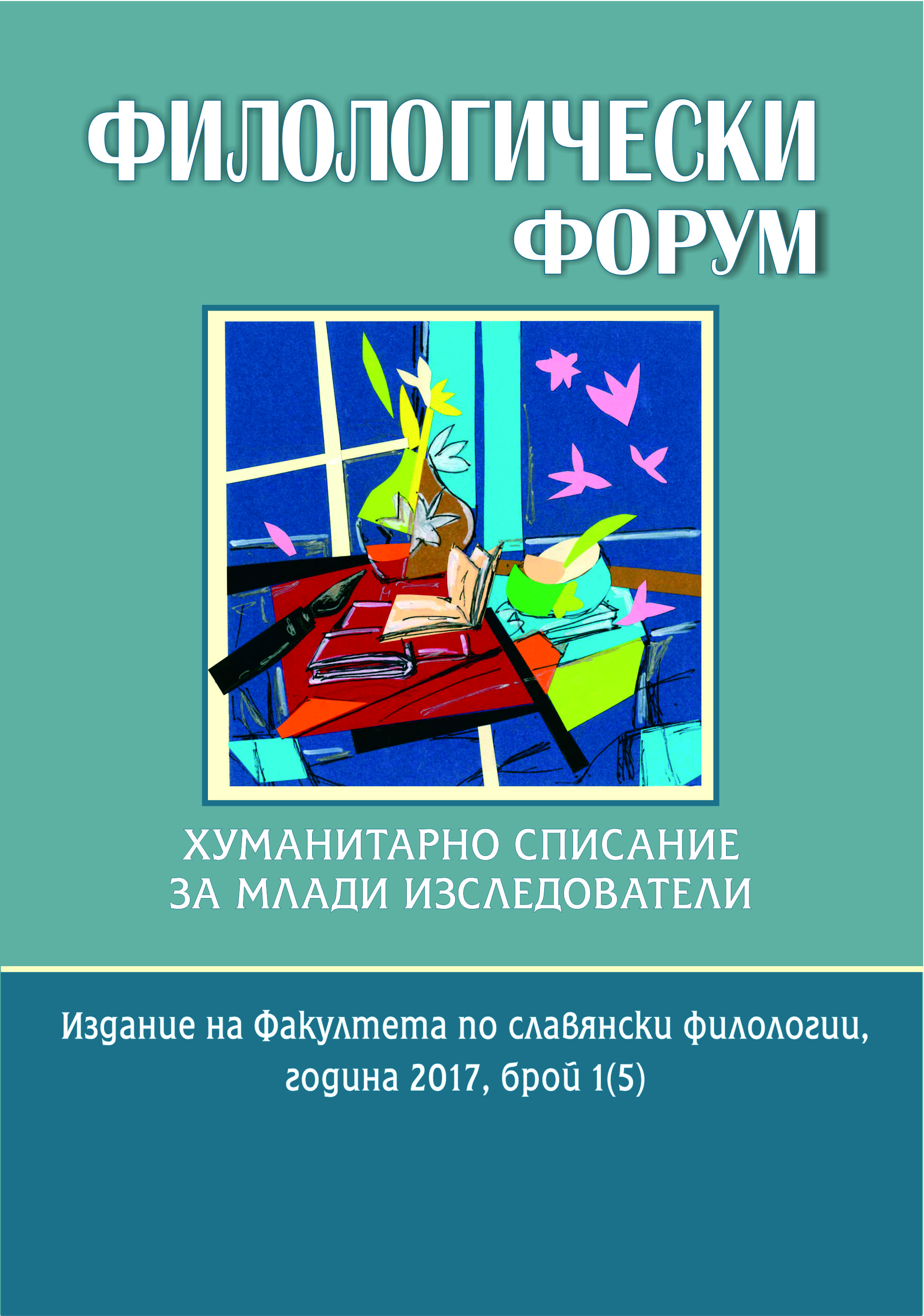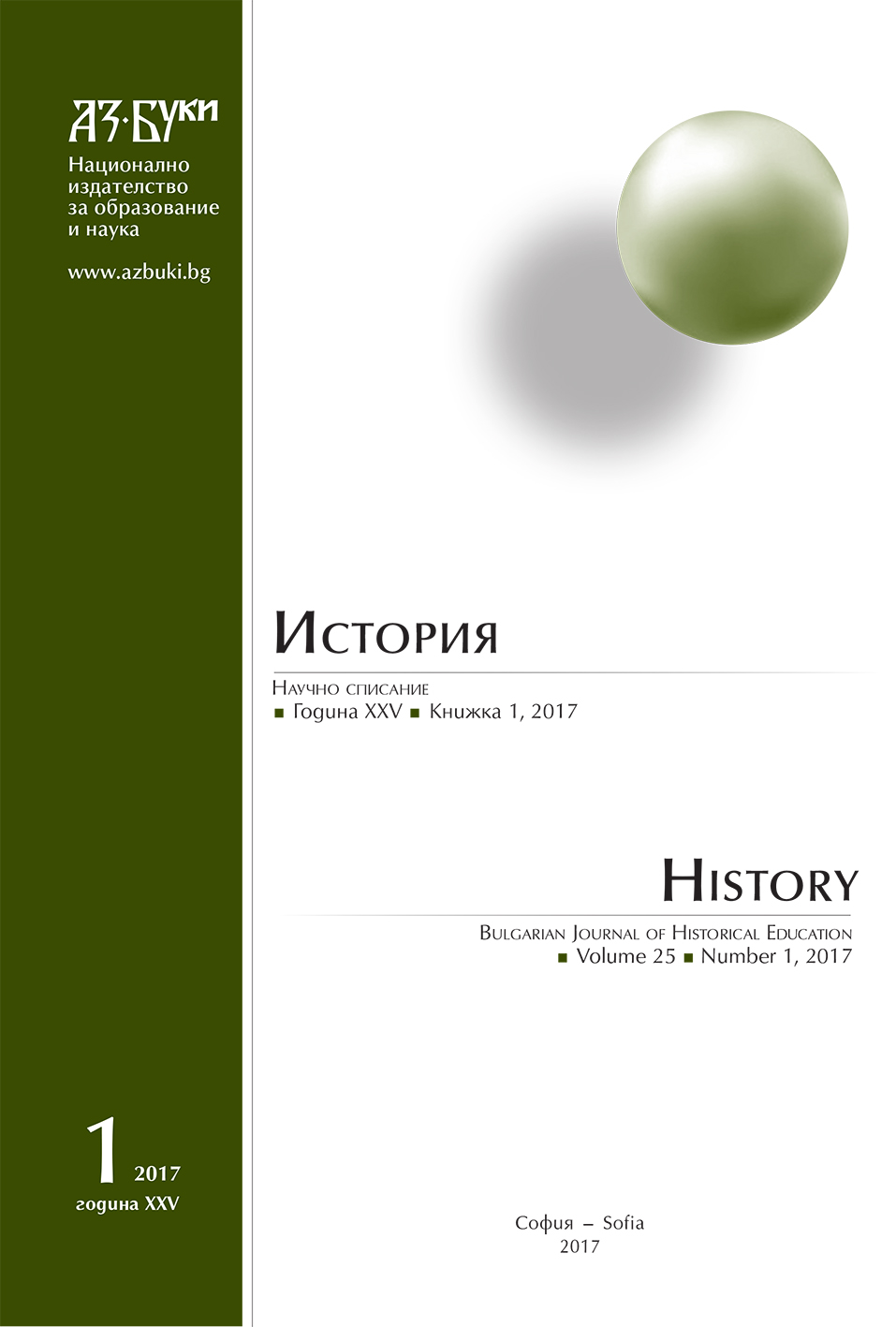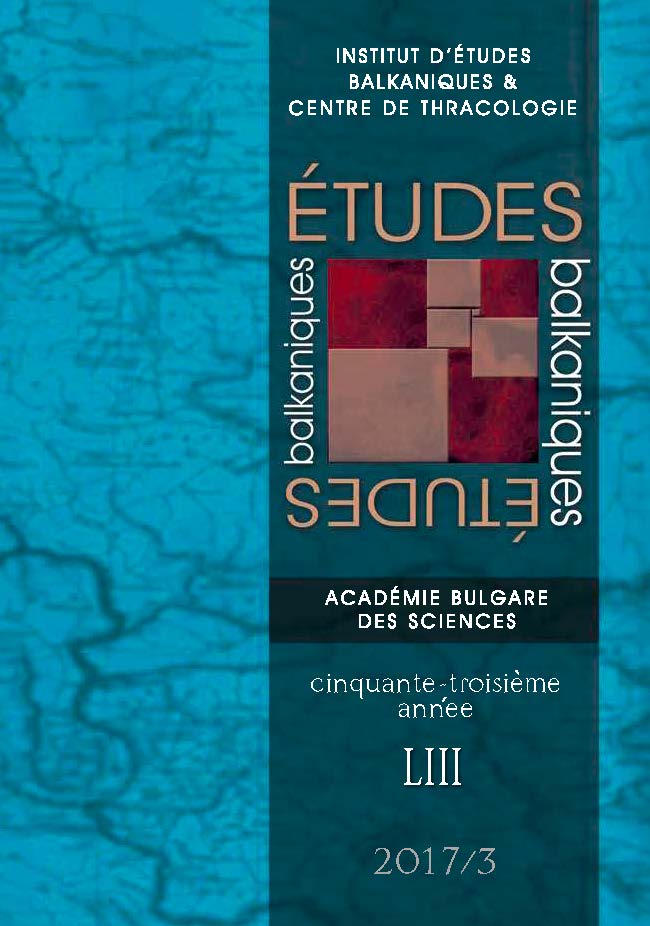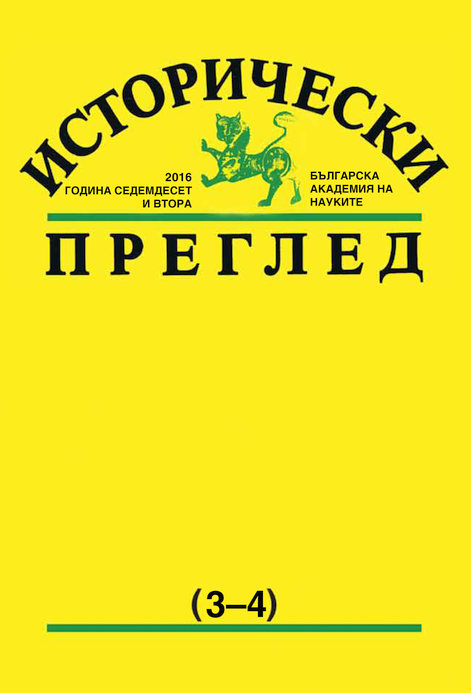Author(s): Liliia Tereshchenko-Kaidan / Language(s): Ukrainian
Issue: 1/2014
This article examines the collection of Slavic Cyrillic manuscripts XIII-XVIII centuries which are kept at St. Panteleimon Monastery on Mount Athos. The characteristics of common and distinctive features manuscripts are distinguished by their national differences. The collection is divided into three types of membership books. Research results revealed chronological, geographical and genre differences manuscripts which finally confirmed their belonging to certain national traditions and the role of the collection – the treasury of Slavic national culture.Addressing the problems of Ukrainian Greek bonds XVII-XVIII centuries and overlapping themes, features of the spiritual culture of Ukraine and Greece of said period, manuscript heritage of both countries certainly attract great attention. The present research is Slavonic (Cyrillic) manuscripts Saint Panteleimon Monastery St. Mount Athos. The first information about the availability of Slavic Cyrillic manuscripts on Athos reaches 1142 years. Athos is closed to outside view and interventions territory. That’s why exactly in the monasteries of St. Mount manuscript treasures should be looked for. Perhaps it’s is unique in its content, as well as the Greek and Slavic origin. A Panteleimon Monastery is considered to be "rus" monastery. His second name is Rusyk. Therefore Slavonic (Cyrillic) Manuscripts should be looked for exactly here.The survey showed that 44 of the 10 reviewed manuscripts belong to the sacred-church books, 13-to church and prayer books, 21-to other books. At the same time this manuscript is distributed by chronology and geography in a very interesting way. According to the chronology of the whole entire collection spans the period from the XIII to the XVIII century.The sacred- religious manuscripts date from XIII to XVII., Liturgical church – from XIY to XVII., and other books– from the end of XV to the end of XVIII century. As already mentioned above, a collection has 75 codes which chronologically apply until XIX century. However, for this research the deadline is XVIII century. So, the gradation is clearly visible in kind of "aging" of sacred- church manuscripts after XVII century. In this collection manuscripts have not been updated. Situation is slightly better with the church and liturgical manuscripts. But at the same time, in the XVIII and XIX centuries they weren’t updated. Other books on the contrary appear in collection much later than the other (2 centuries), but at the same time have a privilege over the other and only retreat in the XIII century. This can be explained by the fact that other books on various topics, besides worship, began to appear on Mount Athos from the time when there was a relaxation of the strict statutory orders. Lack of updated books of the first two groups , is explained that the old monasteries had enough of old codes, or there was no need to update the Slavic manuscripts for liturgical practice. Because worship were done in Greek with Greek books, with the Greek ordinance.Yet it remains unclear why, since the XVIII century. Changed dramatically genre filled collection? Really, at least in the form of gifts or brought books, clergymen and church liturgical Church Slavonic (Cyrillic) literature did not get to the monastery? The impression is that the practical liturgical Slavic literature or intentionally destroyed (sold, granted), or stored in other collections. No less interesting is the geography of Slavic manuscripts in this collection. Referring to the table. Only 44 of the manuscript. With 10 sacred – Church books – only one has and one Bulgarian – Macedonian ( Skopje) origin. Nine manuscripts – Serbian. With 13 codes church – religious literature – eleven manuscripts have rural origins – one – Bulgarian , and most interestingly – one Ukrainian origin. And the Ukrainian book belong to Typicon VII. – liturgical charter church. It turns out that was not indifferent to the monks of St. Panteleimon Monastery in Slavonic liturgical practice . And the reason for the disappearance of religious literature of the late time of collection must be sought in other situations.Geography of other books is more diverse than theological literature. With 21 manuscripts represented in the collection of 6 -. Serbian, and it again early manuscripts chronologically completed in XV, Bulgaria is traditionally presented by one manuscript.Among other books are collections of two manuscripts, representing Ukrainian tradition. This collection of XVIII century, which included the works of the Holy Fathers and the Church Chronicle Exclusionary Dmitry of Rostov (Tuptalo) 1706.In addition to these two distinct Ukrainian manuscripts in the collection contains 6 more manuscripts, may belong to either Ukrainian or Belarusian or Russian tradition. These books were written in the modern form of the Church Slavonic letters, adapted (Russified) letters of XVIII century. In addition to these 6 manuscripts in the collection are five manuscripts written in Russian.Hence and by geographical and chronological description of the collection is clearly divided into two parts: Until the XVII century. It’s mainly Serbian manuscript. Since the XVII century. They are codes in Ukrainian-Belarusian-Russian traditions. Bulgarian tradition in all three types of books presented in a single code for each type.Now, as a genre filled collection. Among the sacred religious books-no Psalter, although no church cannot do without this book in practice. A Church of theological literature there are no systematization. There were presented rare examples of a particular literature, and no complex liturgical books. This suggests that the Slavic manuscripts in this collection do not provide for the liturgical practice, and saved as monuments, exponents of certain cultural traditions, language, church philosophy, art Slavic countries: Serbia, modern Macedonia, Bulgaria, Ukraine, Russia, Belarus and possibly Cyrillic Romania. Clear evidence of this hypothesis is the Bulgarian tradition, as mentioned above, is represented by one code for each of the three books.For Ukrainian culture opening a salient three Ukrainian manuscripts: Typicon XVII., Collection of the XVIII century. And Chronicle Exclusionary Dmitry of Rostov (Tuptalo) 1706 Presence in the collection of these three books for the Ukrainian Cultural Heritage is a godsend, and confirming the presence of Ukrainian books, and hence the tradition of Mount Athos in Greece.
More...
